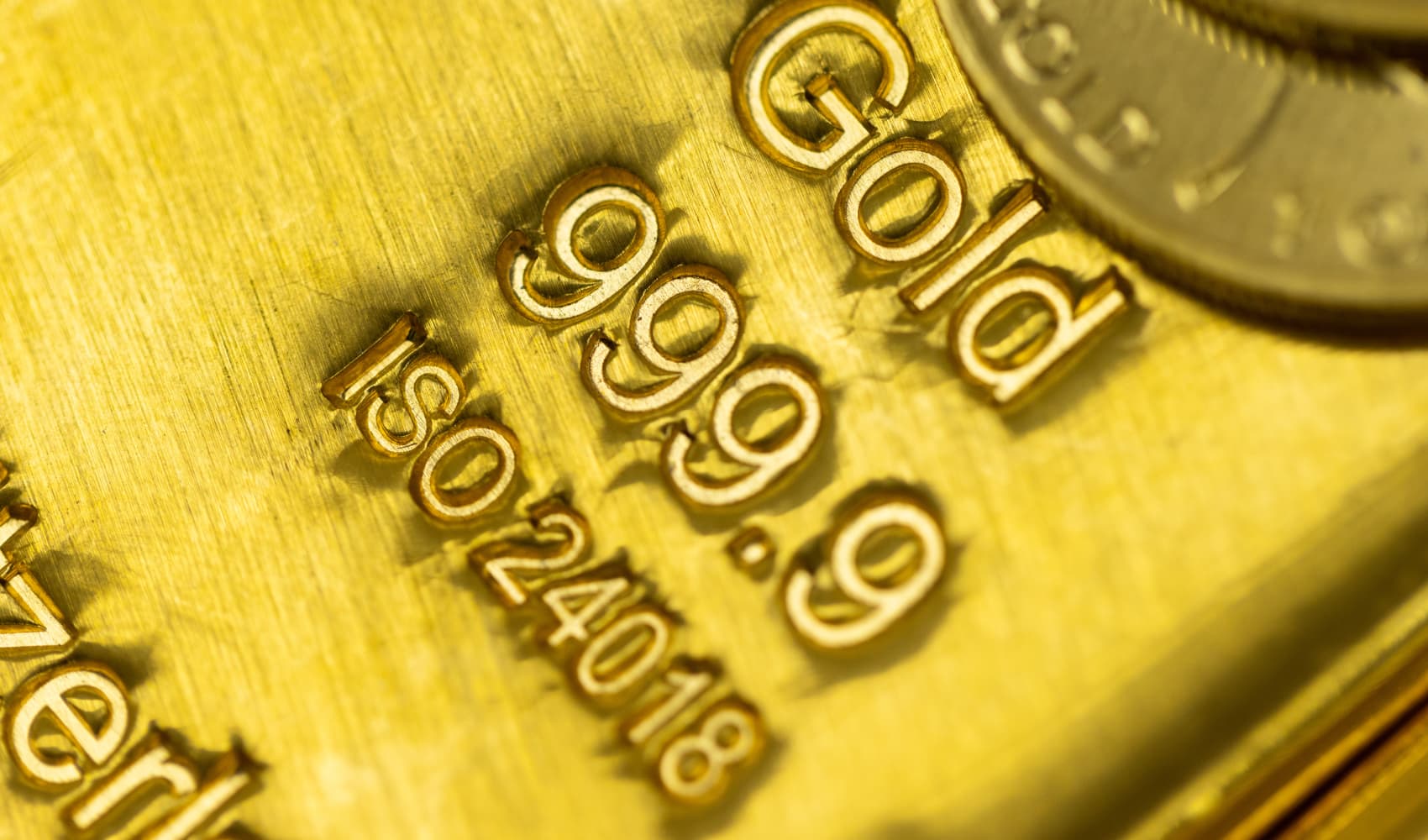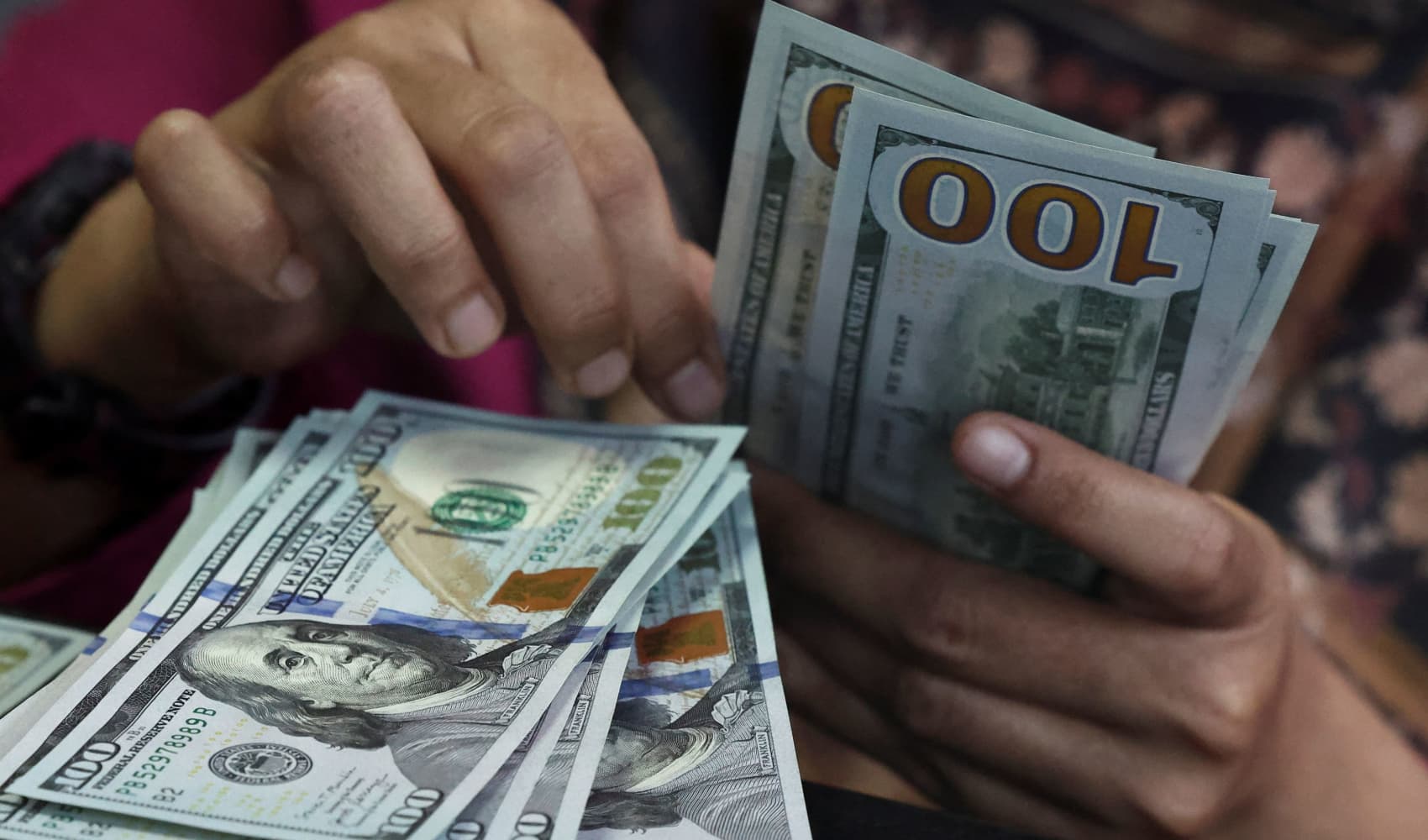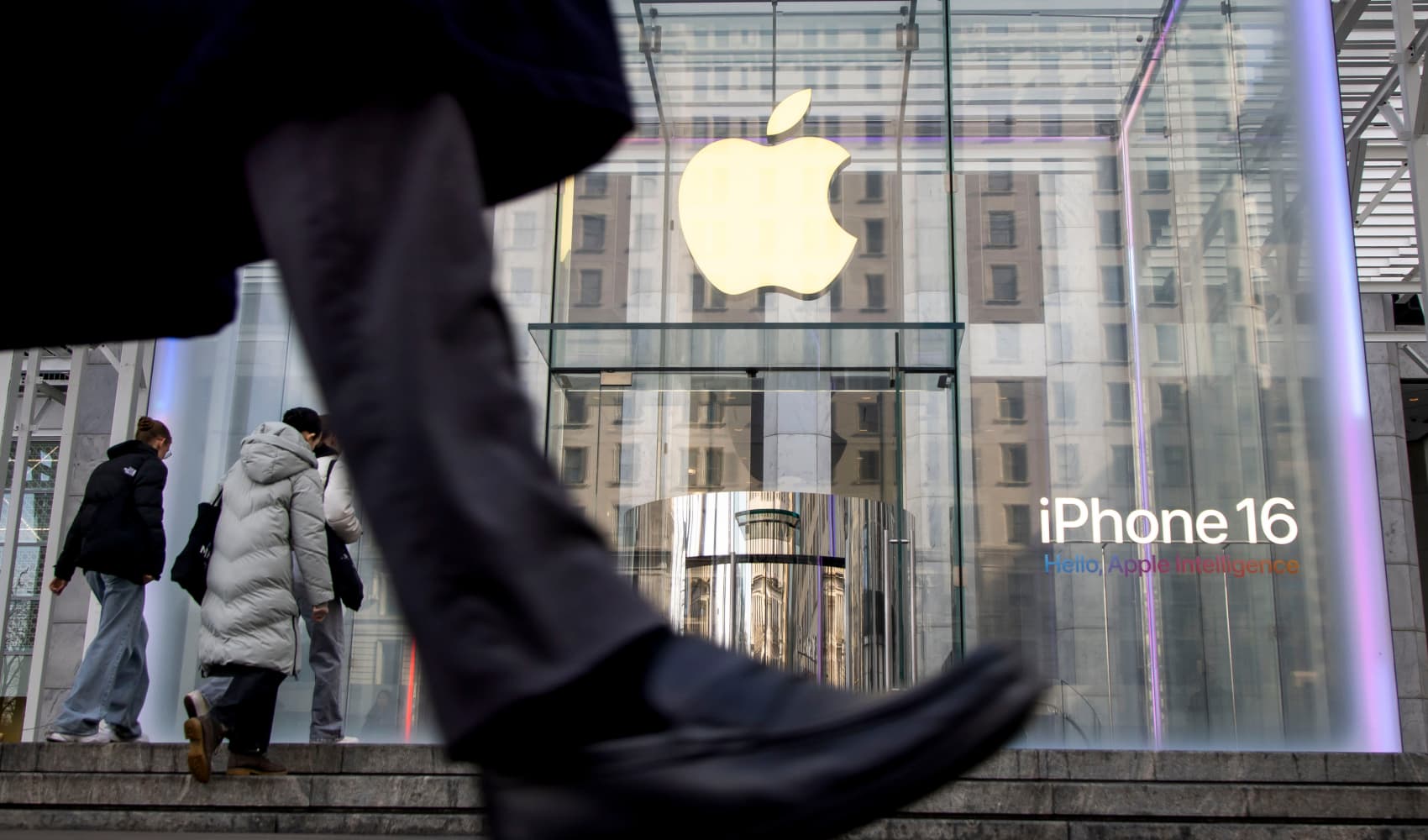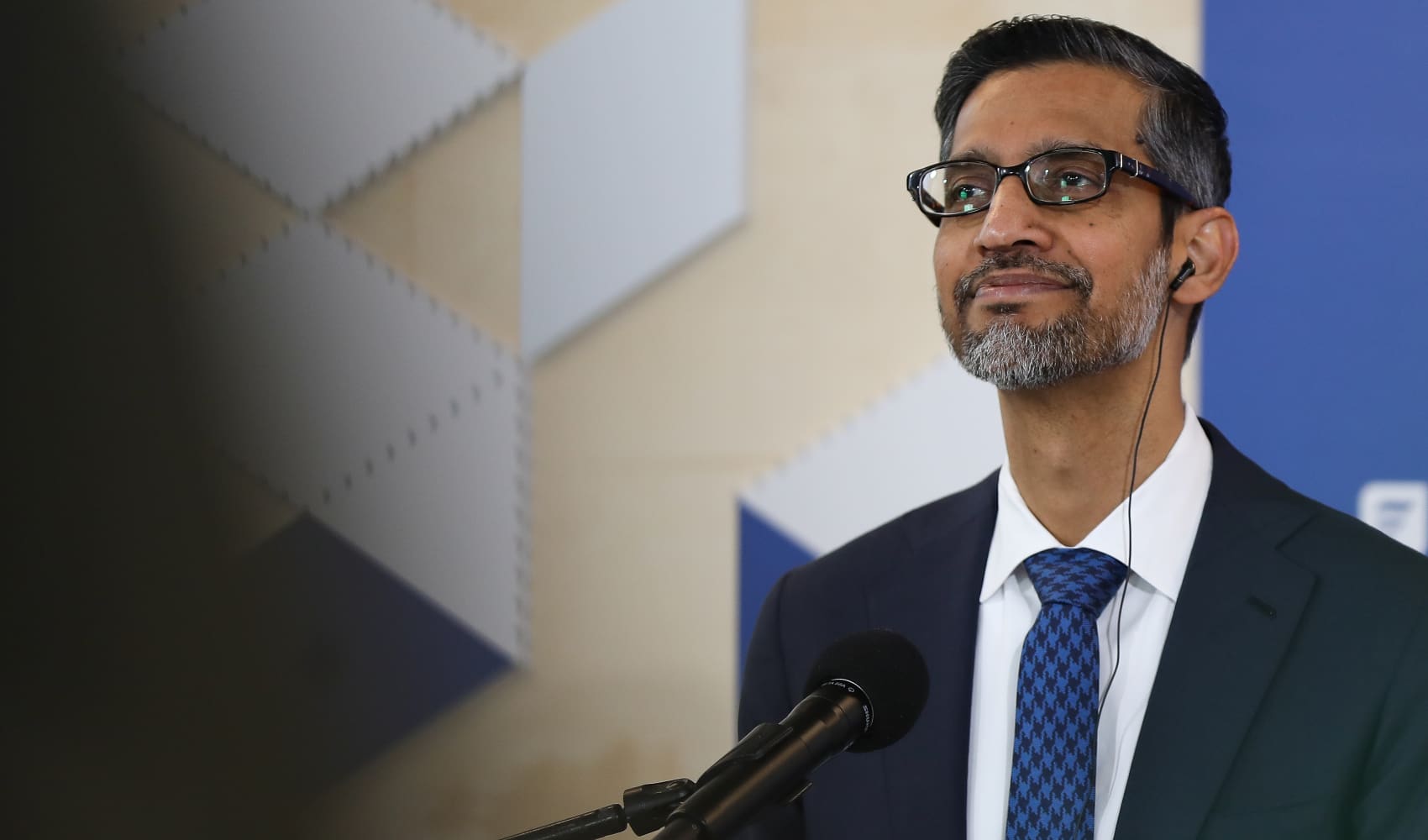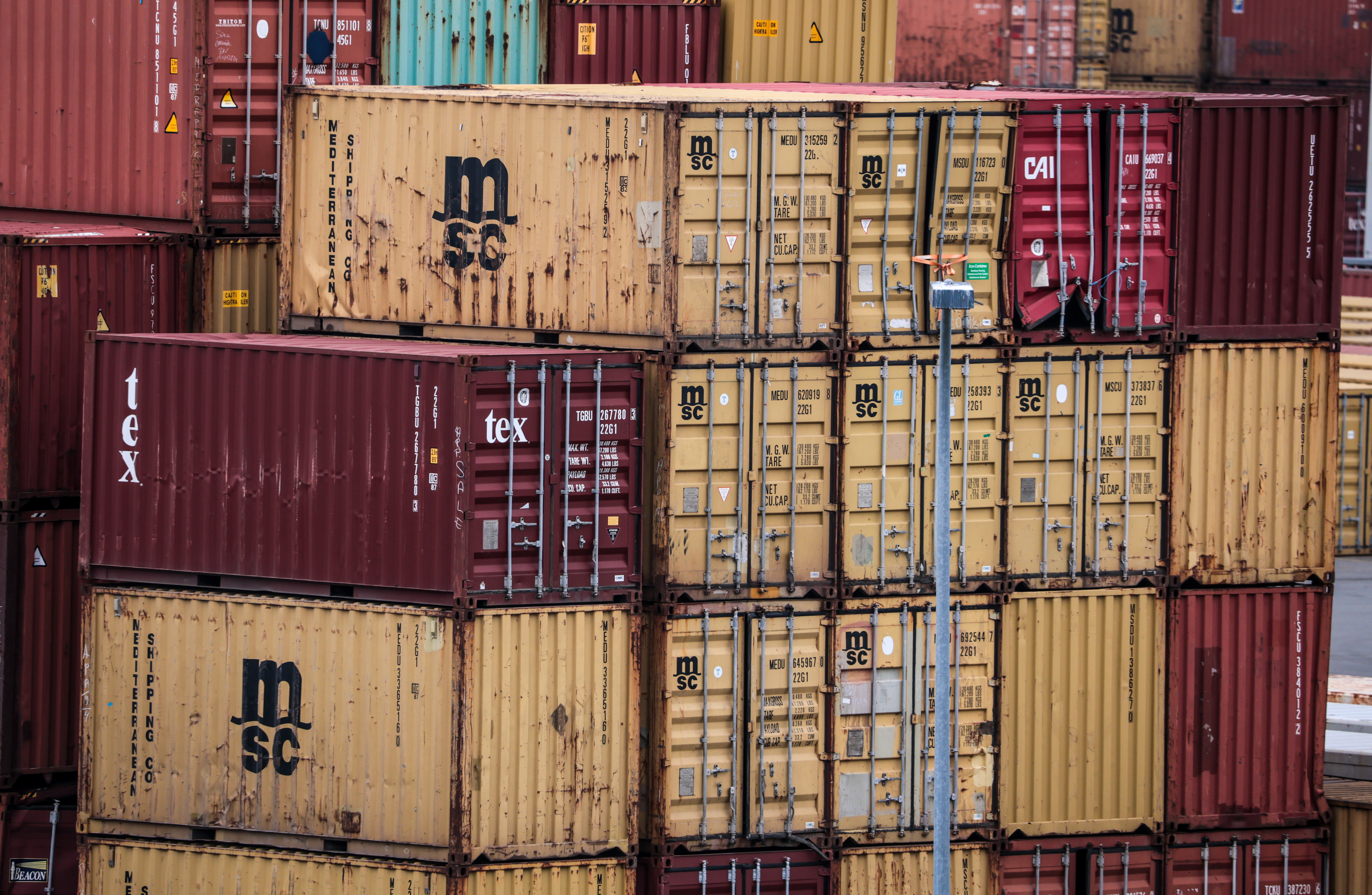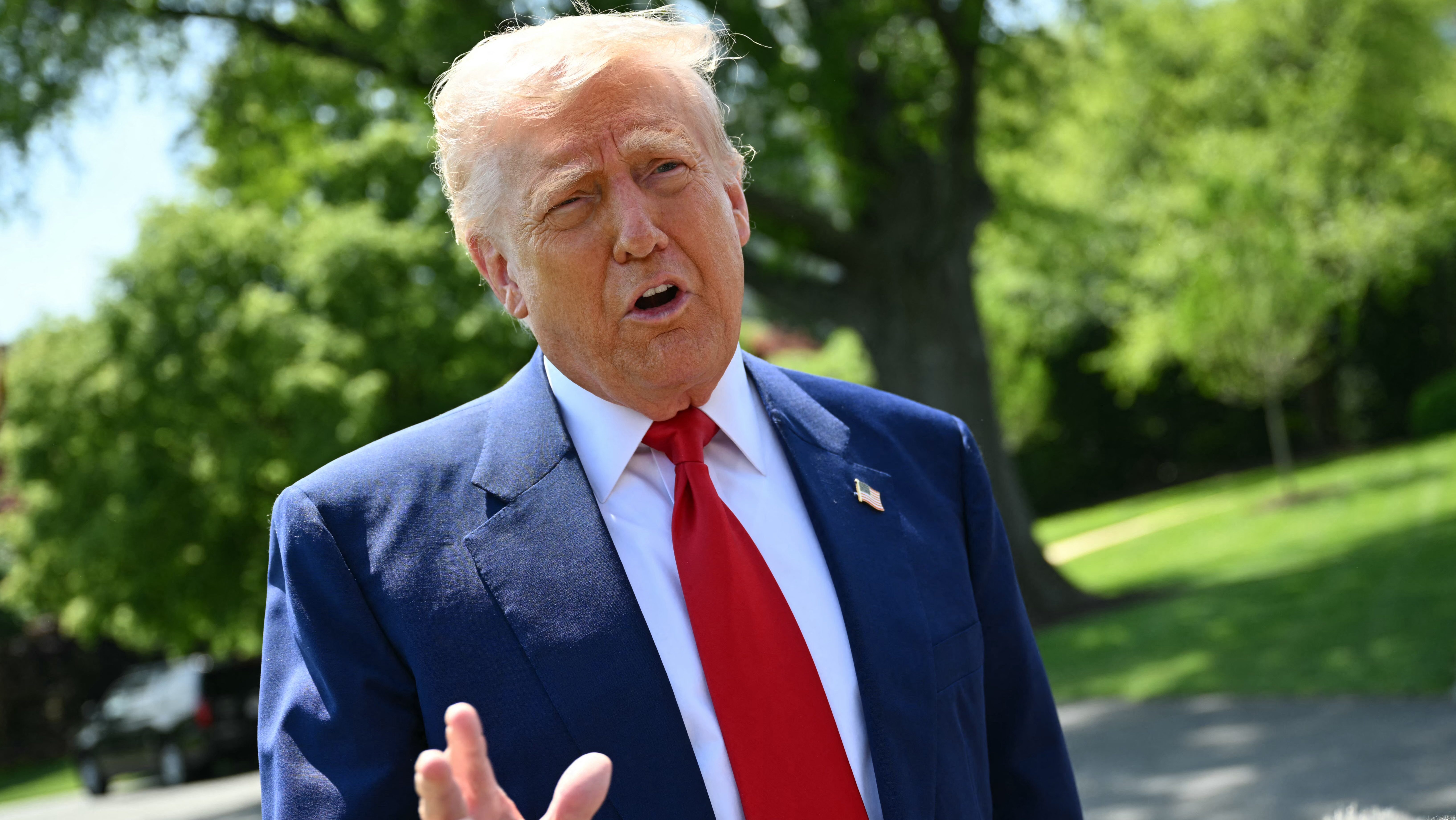Gold Price Soars: Trump's Fed Feud Hits $3,400!
Gold Soars: Trump's Fed Clash Sends Prices to Unprecedented $3,400 High
Introduction: The Golden Goose Lays a Record Egg
Have you ever felt the ground shift beneath your feet? That's what the global economy feels like right now. Amidst rising uncertainty and political tensions, gold, that age-old safe haven, is having its moment. Prices have exploded, reaching a staggering $3,400 per ounce, a new all-time high. What's driving this golden rush? The answer, it seems, is a potent cocktail of trade wars, central bank policies, and, most significantly, President Trump's escalating conflict with the Federal Reserve.
Gold's Breakout: A Perfect Storm of Uncertainty
Gold isn't just shiny; it's a reflection of investor sentiment. Think of it as a barometer, measuring the temperature of financial anxiety. Right now, that barometer is spiking. Several factors are conspiring to push gold prices into uncharted territory.
Trade Wars and Tariff Troubles
Trump's aggressive trade policies, particularly the imposition of tariffs on various goods, have injected a heavy dose of uncertainty into the global economy. Businesses hate uncertainty. Tariffs disrupt supply chains, increase costs, and ultimately dampen economic growth. When investors get nervous about growth, they flock to safe assets like gold.
Central Bank Buying Spree
Did you know that central banks themselves are significant gold buyers? Many countries are diversifying their reserves, reducing their reliance on the US dollar and increasing their holdings of gold. This institutional demand adds further fuel to the price rally.
Geopolitical Risks: A World on Edge
From tensions in the Middle East to political instability in various regions, the world feels increasingly precarious. These geopolitical risks create a flight-to-safety dynamic, pushing investors towards the perceived security of gold.
Trump vs. Powell: A Battle for Control
But perhaps the most significant catalyst for gold's recent surge is President Trump's ongoing feud with Federal Reserve Chair Jerome Powell. Trump has repeatedly criticized Powell and the Fed for keeping interest rates too high.
Threats to Fed Independence
The Federal Reserve is meant to be independent, making monetary policy decisions free from political interference. However, Trump's repeated calls for lower interest rates are widely seen as a threat to that independence. What happens when political pressure undermines the credibility of a central bank? Investors lose faith in the currency and seek refuge in alternative assets.
"A Major Loser": Trump's Words and Their Impact
Trump's description of Powell as a "major loser" highlights the depth of the conflict. Such strong language directed at the head of the central bank has unnerved markets, further fueling the demand for gold. Investors are concerned that Trump's pressure on the Fed could lead to policy errors that ultimately damage the economy.
The Dollar Dilemma: Gold's Inverse Relationship
The US dollar and gold often move in opposite directions. When the dollar weakens, gold typically strengthens, and vice versa.
Dollar's Three-Year Low
As Trump's rhetoric intensified, the US dollar hit a three-year low. This decline in the dollar made gold cheaper for investors holding other currencies, further boosting demand and pushing prices higher.
Why the Inverse Relationship?
Think of gold as an alternative to the dollar. If investors lose confidence in the dollar as a store of value, they'll naturally turn to gold. A weaker dollar makes gold more attractive, as it becomes relatively cheaper to purchase.
Interest Rates: The Key to Gold's Future?
Interest rates play a crucial role in the gold market. Higher interest rates tend to be negative for gold, as they increase the opportunity cost of holding a non-yielding asset. Conversely, lower interest rates are generally positive for gold.
The Fed's Next Move: Will Powell Bend?
The big question is whether the Fed will succumb to Trump's pressure and lower interest rates. If the Fed does cut rates, it could provide further support for gold prices. However, if the Fed resists Trump's demands and maintains its independence, it could lead to a temporary pullback in gold.
Real Interest Rates: The Real Driver
It's not just nominal interest rates that matter, but also real interest rates (nominal interest rates minus inflation). Low or negative real interest rates are particularly bullish for gold, as they erode the purchasing power of cash and make gold more attractive as a store of value.
Is This a Gold Bubble?
With gold prices at record highs, some analysts are warning of a potential bubble. Is gold overvalued? Are we heading for a sharp correction?
The Argument for a Bubble
Bubbles are characterized by excessive speculation and irrational exuberance. If investors are buying gold simply because they expect it to keep going up, without considering the underlying fundamentals, it could be a sign of a bubble.
The Counter-Argument: Fundamentals Still Strong
However, many argue that the current gold rally is supported by strong fundamentals. Trade wars, geopolitical risks, and concerns about central bank policies are all real and persistent threats to the global economy. As long as these factors remain in place, gold is likely to remain in demand.
Investing in Gold: How to Ride the Wave
If you're considering investing in gold, there are several ways to do so.
Physical Gold: Coins and Bars
Buying physical gold, such as coins or bars, allows you to own the metal directly. However, you'll need to consider storage costs and insurance.
Gold ETFs: A Convenient Option
Gold exchange-traded funds (ETFs) are a convenient way to gain exposure to gold without physically owning the metal. ETFs track the price of gold and trade on stock exchanges.
Gold Mining Stocks: Higher Risk, Higher Reward
Investing in gold mining stocks can offer higher returns than physical gold or gold ETFs, but it also comes with higher risk. Mining stocks are subject to the performance of the company as well as the price of gold.
What's Next for Gold? Predictions and Projections
Predicting the future of gold is always a tricky business. However, based on current trends, here are a few possible scenarios:
Continued Ascent: $4,000 and Beyond?
If trade tensions escalate, geopolitical risks remain elevated, and the Fed lowers interest rates, gold could continue its upward trajectory and potentially reach $4,000 per ounce or higher.
A Correction: A Temporary Pullback
A correction is always possible, especially after a period of rapid price appreciation. A correction could be triggered by a resolution to the trade war, a hawkish shift from the Fed, or simply profit-taking by investors.
A Period of Consolidation: Sideways Trading
Gold could also enter a period of consolidation, trading sideways within a certain range. This could happen if the factors driving gold prices remain relatively stable.
Conclusion: Gold's Gleaming Future in a Tumultuous World
Gold's surge to a record high of $3,400 is a clear sign of the times. Investors are increasingly worried about the global economy and are seeking safe havens. Trump's trade policies and his conflict with the Federal Reserve have added fuel to the fire, driving gold prices even higher. Whether this is a sustainable rally or a temporary bubble remains to be seen, but one thing is certain: gold will continue to play a crucial role in the global financial landscape.
Frequently Asked Questions (FAQs)
- Q: Why is gold considered a safe haven asset?
- A: Gold has historically been viewed as a safe store of value during times of economic uncertainty. It tends to hold its value better than other assets, like stocks, during crises.
- Q: How does inflation affect the price of gold?
- A: Gold is often seen as a hedge against inflation. As the purchasing power of currencies declines due to inflation, the price of gold tends to rise.
- Q: What is the role of the US dollar in gold prices?
- A: The US dollar and gold typically have an inverse relationship. When the dollar weakens, gold prices tend to increase, and vice versa.
- Q: Is it a good time to invest in gold now?
- A: Investing in gold depends on your individual risk tolerance and investment goals. It's always a good idea to consult with a financial advisor before making any investment decisions.
- Q: What are the different ways to invest in gold?
- A: You can invest in gold through physical gold (coins and bars), gold ETFs, and gold mining stocks. Each option has its own risks and rewards.
